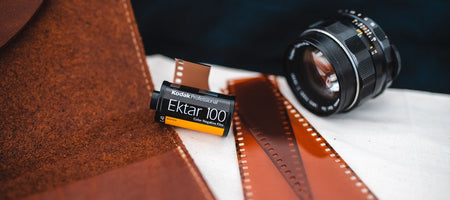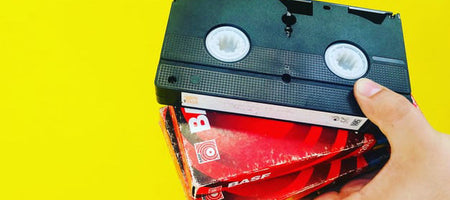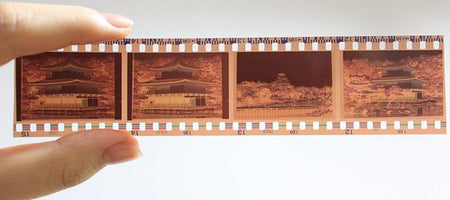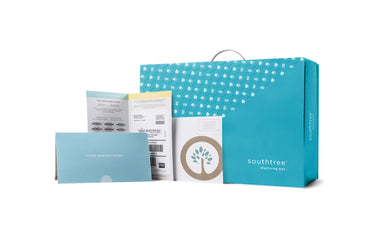MiniDV is the fun size version of videotapes. And like any fun size candy bar, it tastes (or in this case performs) just as good as the original. MiniDV supports high quality imagery even with the compromised size. If you’re lucky enough to find these tiny cassettes hiding away in your storage, the superior video is ideal for digitizing!
The MiniDV is nearly an eighth of the size of a VHS tape. Think of it as the cute little dollhouse form for amateur recorders. With 13GB of space, it holds about an hour of video. Even with the smaller capacity, some professional productions used the MiniDV too.
The tapes have a notable resolution much better than regular VHS formats. MiniDV has a higher band width and color fidelity that equals the Digital8 format. Their lack of signal loss from dubbing and ability to download easily to a computer via a firewire port also make MiniDV's great master copies.
Before we get too in-depth, let’s rewind to the history of the DV which started three years prior in 1995.
The DV videocassette (short for digital video) comes in four sizes: small, medium, large, and extra large. The small cassette was coined MiniDV. The tapes had inclusive standards such as tape size, recording method, magnetization, and basic system date to ensure any consumer brand DV could be used in all camcorders.
Most DV versions were marketed for professional use, such as the DVCPRO (Panasonic) and DVCAM (Sony). Since most of the formats were for journalism and cinema, the MiniDV was made for the home recorder. But the tiny tape still offered high-definition video, therefore MiniDVs were used in production studios for smaller files.
MiniDV Features:
- The video color is far more vibrant than VHS tapes
- A resolution of up to 530 horizontal lines made these little tapes better than the to-date broadcasting standard
- Same sound quality as a Compact Disc
- A 3-CCD image block upheld the same standard as a broadcast camera (consumer camcorders typically had single CCD image sensor)
- Little to no quality loss when creating copies
MiniDVs were manufactured by Sony and Panasonic. The two brands used different lubrication types. Sony had ME (metal evaporated) tapes referred to as wet lubricant. Panasonic used MP (metal particle) called dry lubricant.
It was often brought to question whether switching between the two tape types causes damage or dropouts. Sony did a fair amount of testing but could never recreate the problem. Nonetheless, video recorders recommend cleaning video heads and cassettes before switching tape brands.
Overall, MiniDV made quality recordings more accessible to the casual user. You could compare it to the older Hi8 tapes, which were also smaller than the standard size but still notable in performance. Tapeless HD cameras might be all the rage now, but don’t sell the MiniDV short if you still want to use high-definition cassettes for hour long recordings!
Remember, MiniDV tapes don’t last forever. Tape lubricant, temperature and humidity changes, and overuse can slowly deteriorate your tapes overtime. It’s better to be safe than sorry and get them digitized with us!













